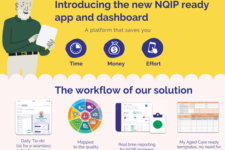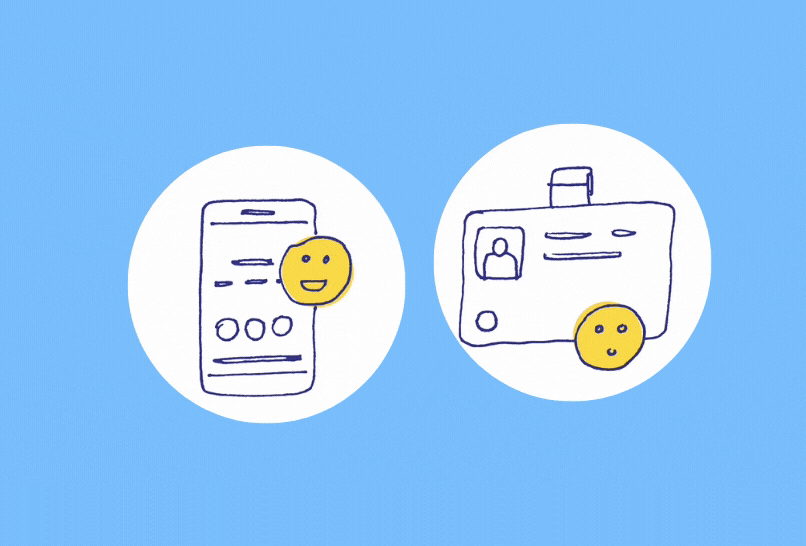While there is no shortage of metrics and KPIs to measure the success of a business, very few organisations take the time to actually gauge one of the most important factors driving their results.
In years gone by, the old adage that ‘a happy worker is a busy worker’ was purely anecdotal and based solely around productivity, but research across the last decade indicates that happy employees also result in improved customer experiences and this has a direct impact on financial performance.
A meta-analysis conducted by international analytics firm Gallup which incorporated 263 research studies across 192 organisations in 29 industries revealed a startling correlation between companies with an engaged workforce and customer experience
Companies that rated in the top quartile in employee engagement outperformed companies in the bottom quartile by 10% on customer ratings, 22% in profitability and 21% in productivity.
48% fewer safety incidents, and 41% quality defects.
Employees who are happy and engaged in their role at work are more likely to embody the ethos of an organisation, and researchers believe that this is an important predictor of how an organisation will perform, even in a tough economy.
One of the most intriguing aspects of the link between these two elements is the way in which they positively influence each other.
While engaged employees will always lead to great customer experiences, interacting with satisfied customers reinforces the way that staff members feel about the value of their work which enhances employee engagement.
Having two elements that influence each other to this degree creates a chain reaction within the workplace, breeding a cycle of success that yields better outcomes for all involved while cementing a positive culture within an organisation.
This synergy between customer and employee is valuable in any workplace, but the benefits of this connection are even more evident in services like health care and aged care that rely upon forming relationships with customers in order to provide adequate services.
Unfortunately, studies also show that employees in customer-facing roles experience lower engagement than other job roles, which is why a ‘one size fits all’ approach does not work to engage employees.
Creating a culture that allows a workforce to feel happy and engaged starts at the top, as research shows that managers play the most crucial role in driving culture and engagement in the workplace.
In order for this to become a reality, managers themselves need to feel positively engaged and empowered in their role as this sets the tone for positive behaviors amongst the employees that they manage.
Understanding the link between an engaged workforce and customer satisfaction is one thing, but accurately identifying your current workplace culture regarding employee engagement requires tracking and analysis.
Over the coming weeks, CarePage will reveal the metrics that matter when measuring employee engagement, along with how to identify employees that require further engagement and how to track their progress.
The happiness and engagement levels of employees are paramount to the success of any business, and as Mother Teresa once said: “the miracle is not that we do this work, but that we are happy to do it.”














